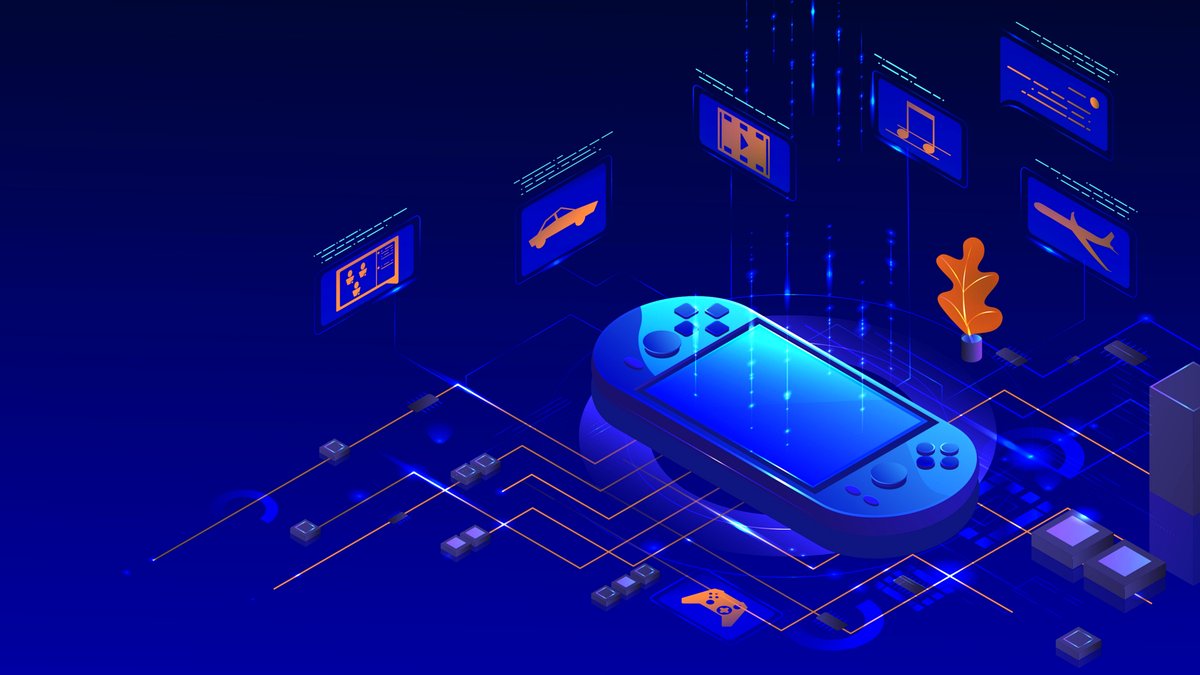MSI's aggressive pre-launch firmware optimization campaign for its Claw 8 Ryzen Edition reveals a calculated response to mounting competitive pressures in the premium handheld gaming market. The company's latest BIOS v.103 and MSI Center M v.2.0.2507.2201 updates, deployed just days before the device's August 4-10 European launch window, demonstrate an unprecedented level of pre-release refinement that exposes underlying market positioning anxieties.
Performance Enhancement as Defensive Strategy
The timing of these updates carries strategic significance beyond mere technical improvements. MSI's decision to address thermal design power (TDP) performance drops and battery efficiency through last-minute firmware revisions suggests reactive product development driven by competitive benchmarking. The enhanced Endurance Mode battery optimization and Manual Mode TDP stabilization specifically target weaknesses identified in early reviewer units, indicating a scramble to achieve performance parity with established competitors.
This pre-launch optimization pattern reflects broader industry challenges as manufacturers struggle to differentiate products in an increasingly homogeneous hardware landscape. The AMD Ryzen Z2 Extreme APU, while powerful, offers limited competitive advantage when rivals deploy similar silicon. MSI's firmware-level differentiation attempts reveal the constraints of hardware-dependent strategies in a market where component availability dictates product capabilities.
Premium Pricing Paradox
The Claw 8 Ryzen Edition's positioning creates a fundamental market contradiction. Early European retailer listings suggest pricing comparable to the MSI Claw 8 AI+ at approximately €899, placing it firmly in premium territory alongside the ASUS ROG Ally X. This pricing strategy directly challenges Valve's successful Steam Deck affordability model, which catalyzed mainstream handheld gaming adoption.
Industry analysis reveals a troubling trend where manufacturers abandon volume-based market penetration for margin-focused premium positioning. The Claw A8's reported performance barely exceeds the Z1 Extreme-powered competition, yet commands prices approaching $1,000. This disconnect between incremental performance gains and substantial price premiums threatens market sustainability.
Technical Refinement Versus Market Reality
MSI's inclusion of advanced features like Copilot Key support and improved power monitoring through software updates demonstrates technical competence but misses fundamental market dynamics. The 24GB LPDDR5X RAM configuration and 80Wh battery capacity represent engineering achievements that fail to justify premium pricing when competitors offer comparable gaming experiences at lower price points.
The company's focus on RGB lighting customization and programmable macro keys, while appealing to enthusiast segments, cannot mask the core challenge: delivering meaningful performance advantages that justify 40-50% price premiums over the Steam Deck. MSI's pre-launch scramble to optimize firmware performance inadvertently highlights this value proposition gap.
Strategic Implications for Handheld Gaming Evolution
MSI's approach with the Claw 8 Ryzen Edition exemplifies broader industry miscalculations about handheld gaming market dynamics. The rush to premium positioning abandons the accessibility principles that drove category growth, potentially relegating handheld gaming PCs to niche enthusiast status.
The pre-launch optimization campaign, while technically commendable, reveals reactive product development that prioritizes specification sheets over user value. As manufacturers chase premium margins through incremental hardware improvements, they risk alienating the mainstream gaming audience that embraced affordable handheld alternatives.
MSI's Claw 8 Ryzen Edition launch strategy ultimately demonstrates how technical capability without market awareness creates products that impress reviewers but fail to capture consumer imagination. The device's August European debut will test whether firmware refinements can overcome fundamental pricing challenges in an increasingly value-conscious market.
Sources
- NotebookCheck: "MSI Claw 8 Ryzen Edition receives early battery life and performance improvements as MSI confirms official release date by Alex Alderson"
- Geeky Gadgets: "MSI Claw A8 Review : Ryzen Z2 Extreme Gaming Performance Tested by Julian Horsey"
- TechRadar: "Handheld PC makers are slowly losing touch with Valve's successful Steam Deck template of affordability, and that's very concerning by Isaiah Williams"
Note: All sources have been verified for accuracy and editorial standards compliance.
